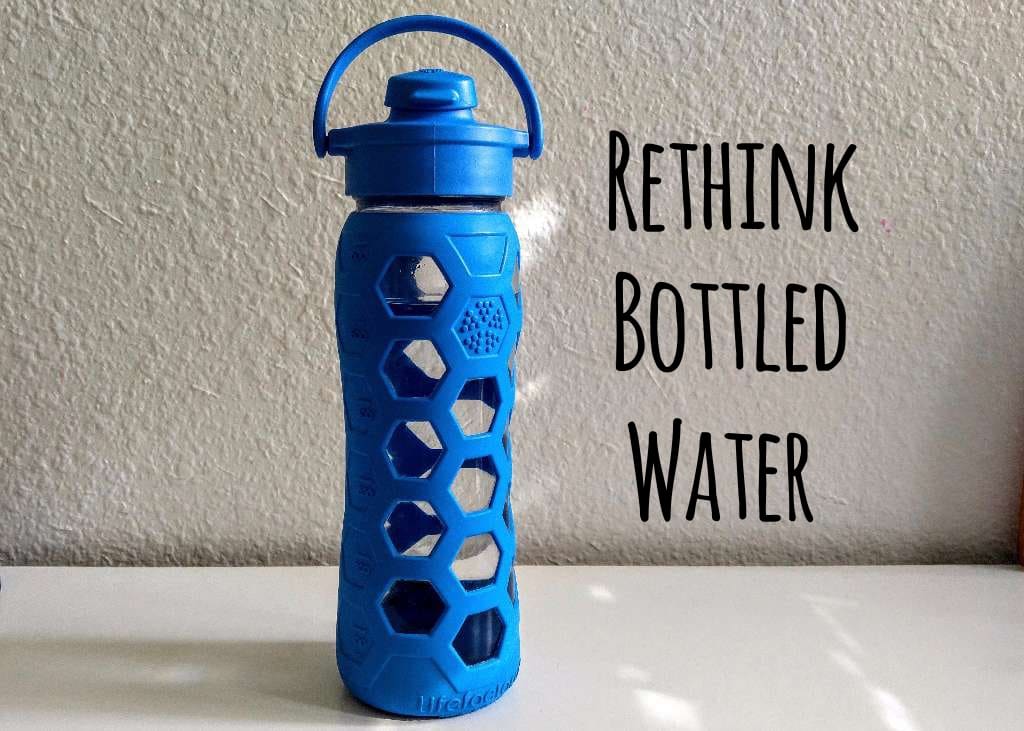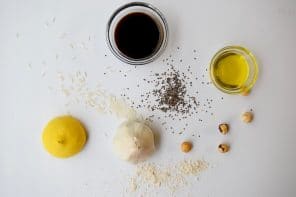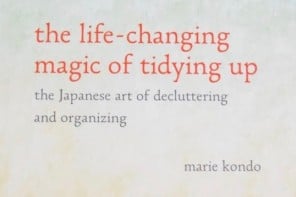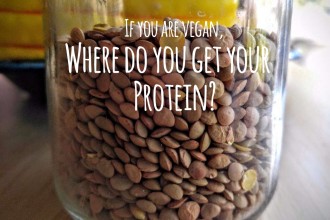The plastic water bottle has become more common than a cold. In recent years, the sales of bottled water have surpassed those of milk or beer, only being beaten out by soda (which uses plastic too, so there are even MORE plastic bottles out there than just those being used for water). People tote them around as they go about their business, stow them in their cars, buy cases of them from the grocery store, and most end up in the landfills. Now I’m certainly not innocent in this either, a bottle of water has quenched my thirst more times than I can count. In truth, they are a great way to stay hydrated and super convenient. They do not break if dropped, are easily carried from place to place, and can be disposed of when done. I’m sure you have heard about how plastic water bottles are so bad for our environment, and hopefully you’ve heard about the danger they have to your health, but let’s elaborate a bit on this important subject. So much could be written about the dangers of plastics, particularly plastic water bottles, but for space and time’s sake, I will try to be concise.
Danger to the Environment:
In order to make a water bottle, plastic is used, which is a petroleum product. Petroleum products are made from barrels of oil, the same basic substance that fuels your car. According to the WWF (World Wide Fund for Nature), about 1.5 million TONS of plastic are used in the bottling of 89 billion liters of water each year. In order to produce and transport these bottles, fossil fuels have to be used. The required amount of fossil fuel powered energy to produce what the United States consumes in one year is equivalent to about 50 million barrels of oil (according to the journal Environmental Research Letters). As science has shown, fossil fuels and petroleum are toxic to the environment, poisoning the surrounding plants, animals, and people.
When the water bottles are filled, depending on where they are filled from, they are further damaging the environment by draining the dwindling water supplies. Whether they are filled from a tap or a spring, they are exacerbating the world’s clean water crisis.
The actual usage of water bottles are responsible for the toxic effect on the environment as well. Only about 25{33a567f4c07c8c413e7e9e9d9be2242a7b8a132d09d89d1c03680e3e8f95cc61}, if that, of water bottles are recycled. Those that are recycled, require more energy in order to be cleaned, reformed, refilled, and re-transported. When a water bottle is thrown out, it ends up in a landfill, left to leech dangerous chemicals like phthalates into soil and groundwater (we will discuss the implications of this chemical on health shortly). Also, the plastic that has ended up in the ocean has created what is sometimes called a “plastic island”. Well, it’s not necessarily an island, in fact its a plastic soup of waste that stretches out in the Pacific Ocean over an area twice the size of the United States, and growing. In this “soup”, the plastic waste that has accumulated has gone so far as to completely change the molecular makeup of the water. So in truth, we have created thousands of miles of plastic soup that poison the delicate balance of life that the sea holds.
The manufacture, transportation, and use of plastic water bottles are all in some way poisonous to the environment.
Danger to Your Health and the Health of Others:
Plastic water bottles are not just poisonous to the earth, but to humans as well. First off, the water in the bottle is often just tap water that has been filtered (sometimes it is just plain tap water). But no matter where it comes from, remember this: the water that goes in the bottle is not as regulated as the water that comes out of your faucet, plus it sits stagnant for who knows how long on shelves and in boxes, allowing for microorganisms to grow.
If the water has been had its minerals removed through processes such as reverse osmosis or distillation (in water provided by Aquafina, for example), the water that you are drinking is actually decreasing the amount of water in your cells and increasing the amount of water and minerals disposed of when you use the bathroom. So while you are trying to stay hydrated, the water is actually doing the opposite!
Now before you reach for a plastic water bottle of natural spring water or water with its minerals still inside, let’s move on to the bottle itself. Plastic water bottles contain chemicals called phthalates (which includes BPA) which are added to the plastic in order to make it softer. Because it is not part of its molecular structure, it leaches into the water that you drink. Although phthalates are leached into the bottle pretty consistently, storing it in your car or other areas of higher temperature speed up the process. This chemical disrupts testosterone and is linked to the early onset of puberty in females, further suggesting its detrimental effect on hormones. In recent studies of the effects of phthalates on a developing fetus, this chemical dramatically changes male characteristics and can lead to the underdevelopment of the male reproductive organs. Here’s the scary part: scientists found that these effects were showing up with phthalate levels BELOW what is found in 25{33a567f4c07c8c413e7e9e9d9be2242a7b8a132d09d89d1c03680e3e8f95cc61} of females in American society. They are also strongly linked to breast cancer and prostate cancer as well as being found to disrupt the way your thyroid functions.
Because we are constantly exposed to plastics, even if it is not through water bottles, we are getting a steady stream of plastic chemicals into our bodies. Plus, if you are reusing those plastic bottles, the plastic continues to break down with every use.
Aside from the health of the environment directly and indirectly affecting everybody’s health, the manufacturing of water bottles is actually dangerous to people who live close to these facilities. Whether it be through the air or through the soil, these factories have directly caused case after case of cancer and other life altering health conditions.
Plastic water bottles are very easy to replace. A safer bottle made from glass or stainless steel that can be reused over and over again is easily found pretty much everywhere from Target to your local health food store. You can fill it up from any drinkable water source. Not only will your body thank you, your wallet will too; instead of paying a few bucks for a bottle of water, you can get your water for free with the small expense of one reusable water bottle.





